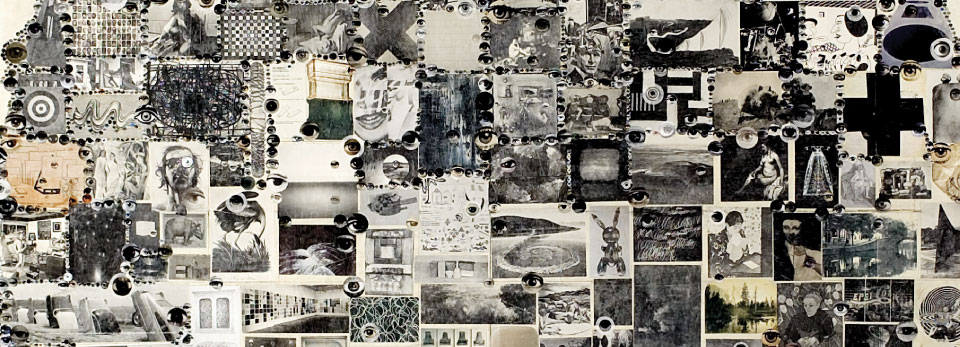


In a blog post today, street artist Shepard Fairey laid out his top five moments of 2014 and lo and behold: the show he did this May at the Halsey Institute for Contemporary Art was number one. The Insistent Image: Recurring Motifs in the Art of Shepard Fairey and Jasper Johns comprised not only Fairey’s prints and paintings, but also four murals and one installation in five different spots in Charleston. (Read our cover story, “Raw Power: Shepard Fairey explores empire and the American Dream this Spoleto season,” on the exhibit here.)
READ THE FULL STORY [+]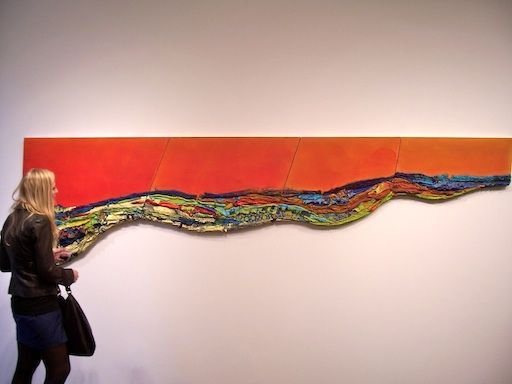
The Halsey Institute of Contemporary Art may be housed in a modest suite of gallery and office space on the College of Charleston campus, but its reach far exceeds its physical footprint. With a primary focus on artists “in the margins,” as Chief Curator Mark Sloan puts it, the museum shines a spotlight on artists who, given the depth, quality, and imaginative impact of their work deserve to be much better known. As we learned when we spoke with Sloan by telephone, the Halsey deploys a number of strategies to support the artists it shows. Artists receive not only time and space to work at the Halsey in an artist residency, but the considerable resources of the College of Charleston faculty and staff as well as the Charleston community-at-large are available to support the artist’s vision, whether that means technical expertise, help in the studio, participation in conversations with the artist and other events, or even a place for the artist to live while in town. In addition, the organization produces high-quality educational and outreach materials around the artists and their work, including short films, catalogues, and an expansive online presence on the Halsey website. The Halsey recently received an NEA grant to support an exhibit on the work of visual artist and musician Lonnie Holley. In his own words, here is Mark Sloan on the Halsey’s artist-focused curatorial philosophy, the museum’s plan for the Holley exhibit, and how the artists they feature are a little like snowflakes.
READ THE FULL STORY [+]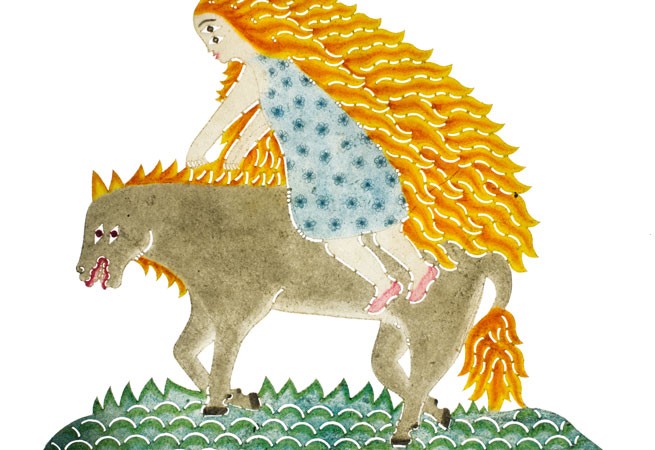
Looking at the Indonesian artist Jumaadi’s works, one is reminded of art from long, long ago: ancient Greece, perhaps, or the cave paintings of Lascaux.
It’s not because of any similarities in style. Jumaadi’s work, which will be on display at the Halsey Institute of Contemporary Art through Dec. 6, is rougher, without the formal constraints of the Greeks or the fluidity of Lascaux. Rather, it’s because Jumaadi’s visual language, like those bygone artists, is one of archetype. Rain, trees, wild beasts, and stark, disembodied human faces haunt his paintings and drawings, creating a world of primordial and universal symbols that one could devote much time, and anthropological study, to reading.
READ THE FULL STORY [+]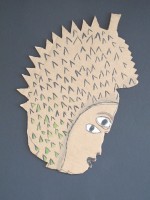
Beginning in October, the Halsey Institute of Contemporary Art will feature Indonesian artist, Jumaadi, and his exhibition Forgive Me Not To Miss You Not. Jumaadi has exhibited globally in Australia, Europe, Asia, the Netherlands, and he was recently selected for the Moscow Biennale. This is a hallmark exhibition—his first in the United States. As the Halsey’s International Artist in Residence for Fall 2014, for the past two months, Jumaadi has had the opportunity to foster a meaningful relationship with the Charleston community while developing his exhibit.
READ THE FULL STORY [+]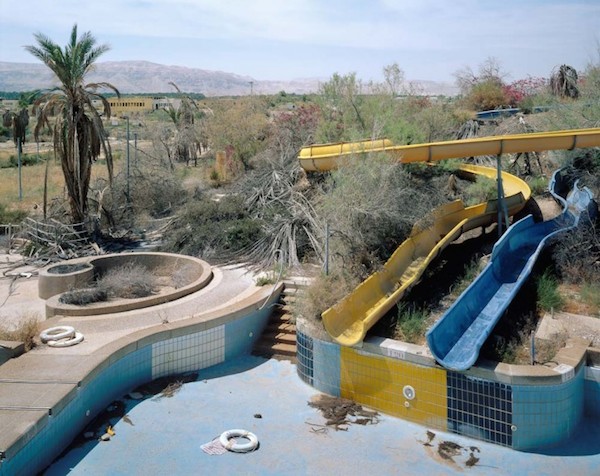
In 1981, John Baldessari said, “Probably one of the worst things to happen to photography is that cameras have viewfinders…” but artist Yaakov Israel would certainly disagree.[1] Israel’s photographs in The Quest for the Man on the White Donkey at the Halsey Institute for Contemporary Art in Charleston, South Carolina, are carefully constructed. Israeli-born and -based, Israel relishes the serendipitous encounters he’s had while exploring the geography and people of his native land, and this show is a case in point: As he was packing up his equipment after a long day in the desert looking for subjects for his photographs, Israel was approached by an elderly man riding a white donkey. He convinced the man to sit for a portrait, quickly assembled his equipment, and captured the image The Man on the White Donkey, HaBiqah (2006). Intrigued by this chance occurrence—it uncannily invokes the Orthodox Jewish tradition of the messiah arriving at the end of days on a white donkey—Israel then used it as the titular inspiration for this series, a body of work rife with chance findings and encounters in the Israeli landscape.
READ THE FULL STORY [+]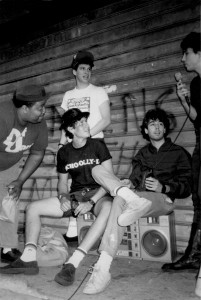
There’s something overwhelmingly remarkable about the anatomy of a city street. Like concrete veins sprawling from a massive urban body, the streets carry with them the most vital component to the city: its lifeblood, its people.
This idea is at the center of filmmaker and photographer Cheryl Dunn’s film documentary Everybody Street, which chronicles the art and passion of several of New York City’s most prominent street photographers, or those who wish to capture the human condition within public space, mirroring society and presenting an unaltered look at the culture they live in. Combining grooving music, powerful photography and the anecdotal history of each photographer’s work, Dunn’s film provides a beautiful and important look into the human condition through the eyes and lenses of these iconic street photographers.
READ THE FULL STORY [+]Charleston Friends of the Library is taking the lead in organizing a free public reading meant to commemorate the freedom to read and condemn censorship.
At 6 p.m. Sept. 22, during Banned Books Week, some of the area’s leading writers and artists will read from books that have been subject to censorship attempts. Readers include Marcus Amaker, Herb Frazier, Sharon Graci, Bret Lott, Theodore Rosengarten, Joy Vandervort-Cobb, Marjory Wentworth and Katherine Williams.
The event will take place at the Halsey Institute of Contemporary Art, 161 Calhoun St., on the College of Charleston campus. Rosengarten will read from Allen Ginsberg’s “Howl.” Lott, who’s own writing has been subject to challenge from censors, will read from “Catcher in the Rye.”
READ THE FULL STORY [+]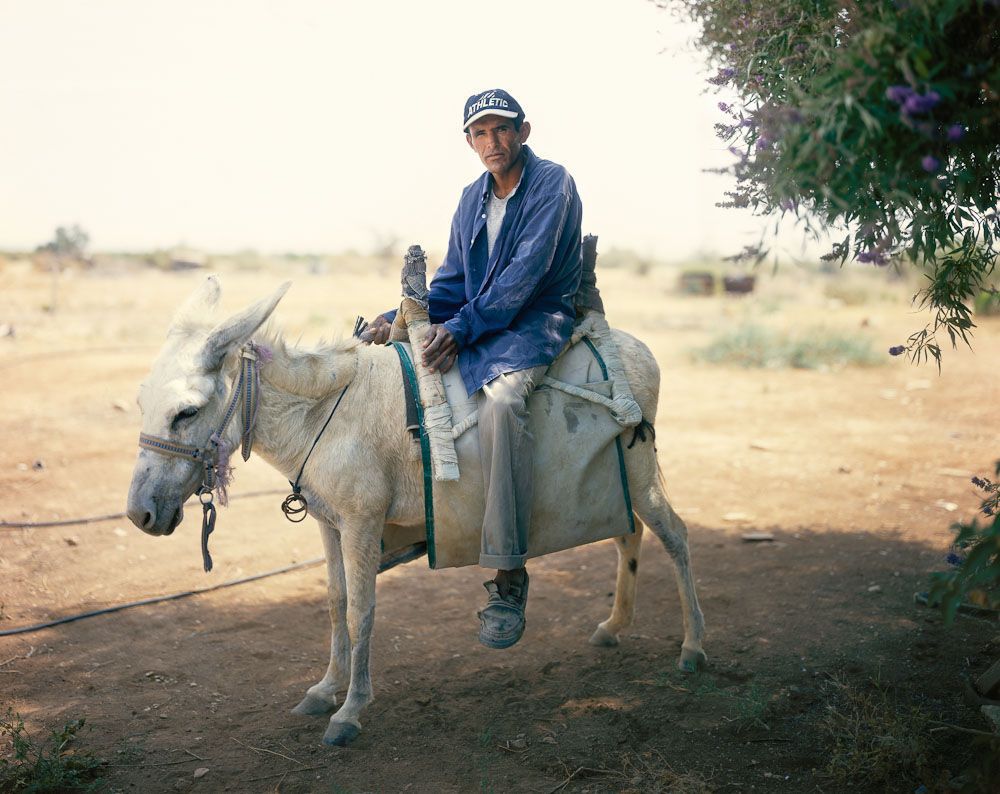
Yaakov Israel is among his country’s new generation of artists shaped inevitably by current events and history. Yet he is determined to reach beyond the headlines to create work that explores profound ideas and themes.
Halsey Institute of Contemporary Art director Mark Sloan, invited to Israel two years ago to get to know visual artists at work there, met the photographer and immediately began conceiving an exhibit, now on the walls of one of the two galleries. (The other has photographs by Kathleen Robbins.) Israel will be in town to give a free gallery talk at 7 p.m. Tuesday. The event is co-sponsored by the Halsey and the Yaschik/Arnold Jewish Studies Program.
READ THE FULL STORY [+]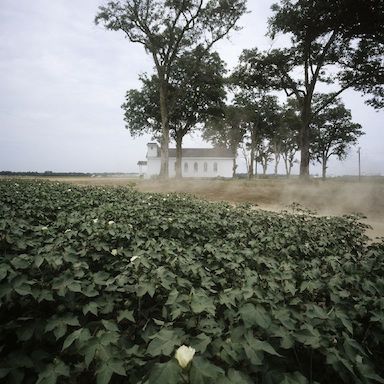
Echoing her grandmother’s words, Kathleen Robbins said, “I felt possessed by the place just as much as I possessed it.” This place is the Mississippi family farm Robbins grew up on, and the centerpiece of her photo collection Into the Flatlands, on display now in the Halsey Institute of Contemporary Art.
READ THE FULL STORY [+]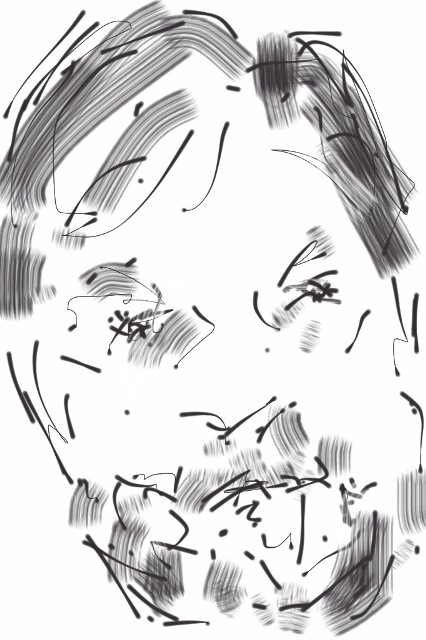
Inspired by the Orthodox Jewish tradition of the Messiah (the Prophet) who will arrive riding on a white donkey, this 10-year photographic project features portraits and landscapes made in Israel. This project is the result of Yaakov Israel’s search for a deeper understanding of his country and an attempt to relay his personal experiences on the Israeli reality with a broader sense of belonging to the global human collective.
Curated by Director & Senior Curator Mark Sloan, the exhibition consists of 42 images, printed in various sizes. Though his work has been shown widely in exhibitions throughout Europe, this will be Yaakov Israel’s first exhibition in the US. Sloan spoke with us about his time in Israel and how he came to bring Israel to Charleston.